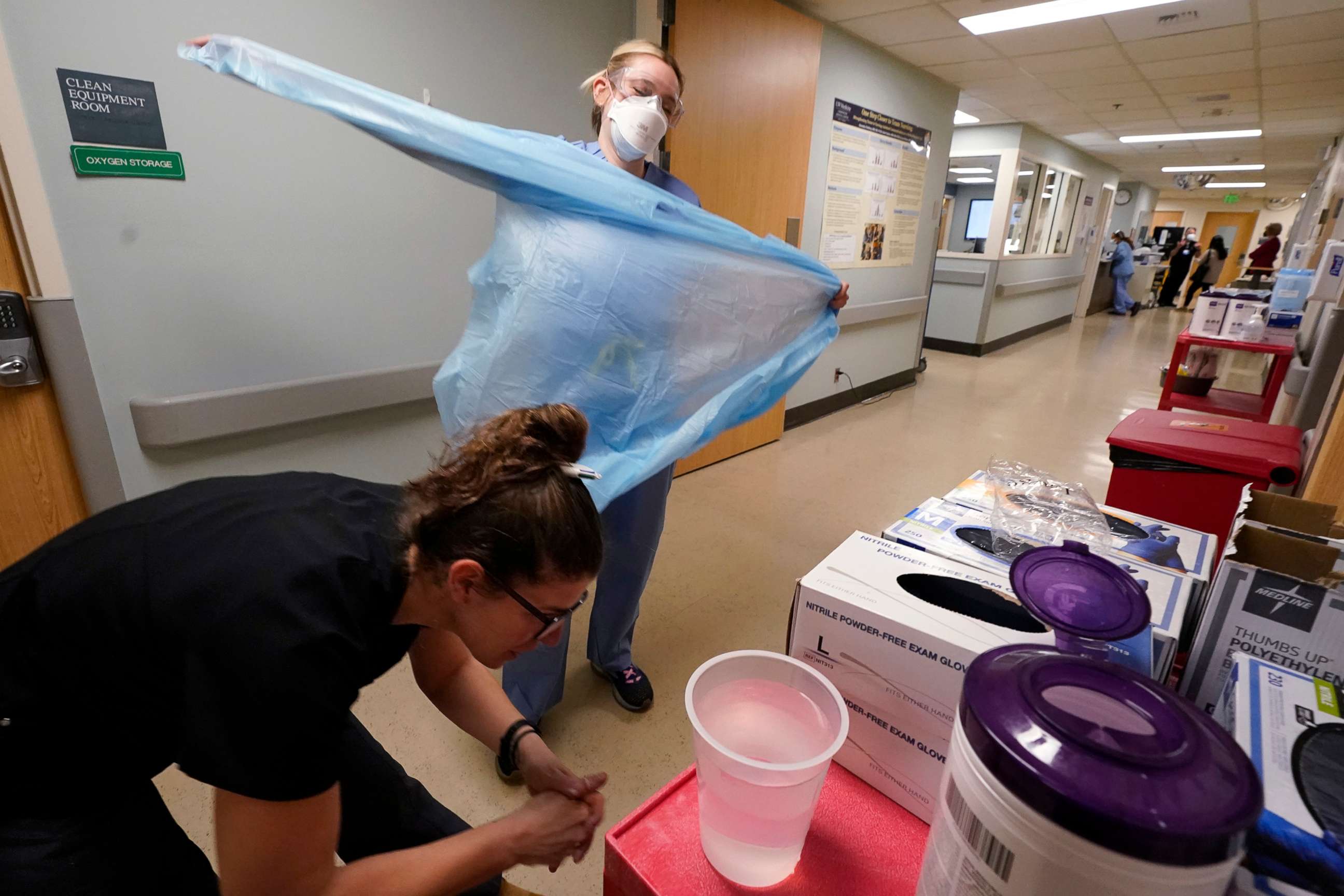Child cases drop again but pediatric vaccination rates continue to lag
After the U.S. reported an unprecedented number of new pediatric COVID-19 infections last month, new cases among children have dropped again for the fourth week in a row.
But about 50.8% of kids 5 and older remain completely unvaccinated, according to CDC data.
Last week nearly 175,000 children tested positive for COVID-19 -- a huge drop from the peak level of 1,150,000 reported the week ending Jan. 20, according to new report from the American Academy of Pediatrics and the Children’s Hospital Association.

However, the organizations warn that pediatric infections remain "very high," with numbers just below the peak level of the summer 2021 delta surge.
Also, many Americans are taking at-home tests and not submitting their results, so case totals are likely be higher than reported.
It's been more than three months since every American child over the age of 5 became eligible for the vaccine. But more than 27.1 million eligible children are unvaccinated.
-ABC News' Arielle Mitropoulos





